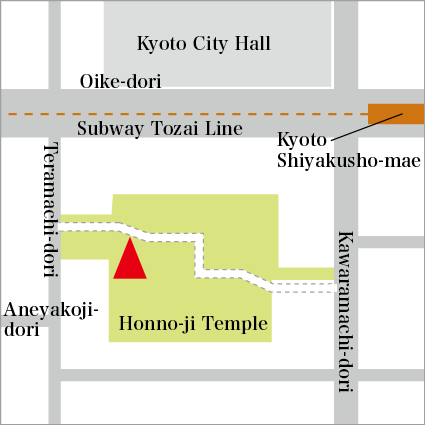Honno-ji Temple Museum DAIHOUDEN
- Highlight
- Nobunaga’s mausoleum in the grounds is a popular destination for those interested in history
Numerous temple treasures that have defied the flames of destruction
The Buddhist monk Nichiryu founded the first temple in the vicinity of Aburakoji and Takasuji streets (near the present Bukkoji Temple) in 1415, rebuilding it in the Nishijin area in 1429, when it became known as Honno-ji Temple. In all, the temple has been rebuilt seven times, five times due to attacks from other Buddhist sects and most famously in the “Incident at Honnoji” in which Nobunaga Oda was besieged.
However, throughout all these blazing disasters, the temple’s treasures have been kept safe and passed on down to the present day and can be seen in the treasure room of the temple. Starting with religious relics, such as the Lotus Mandala, the exhibits include gifts donated by wealthy believers, a folding screen painted by Naonobu Kano, and tea utensils (notably a tenmoku tea bowl by Kensan) and documents belonging to Nobunaga. The temple also has a famous incense burner in the shape of a three-legged frog, which, legend has it, croaked a warning before the attack on Nobunaga at the temple.
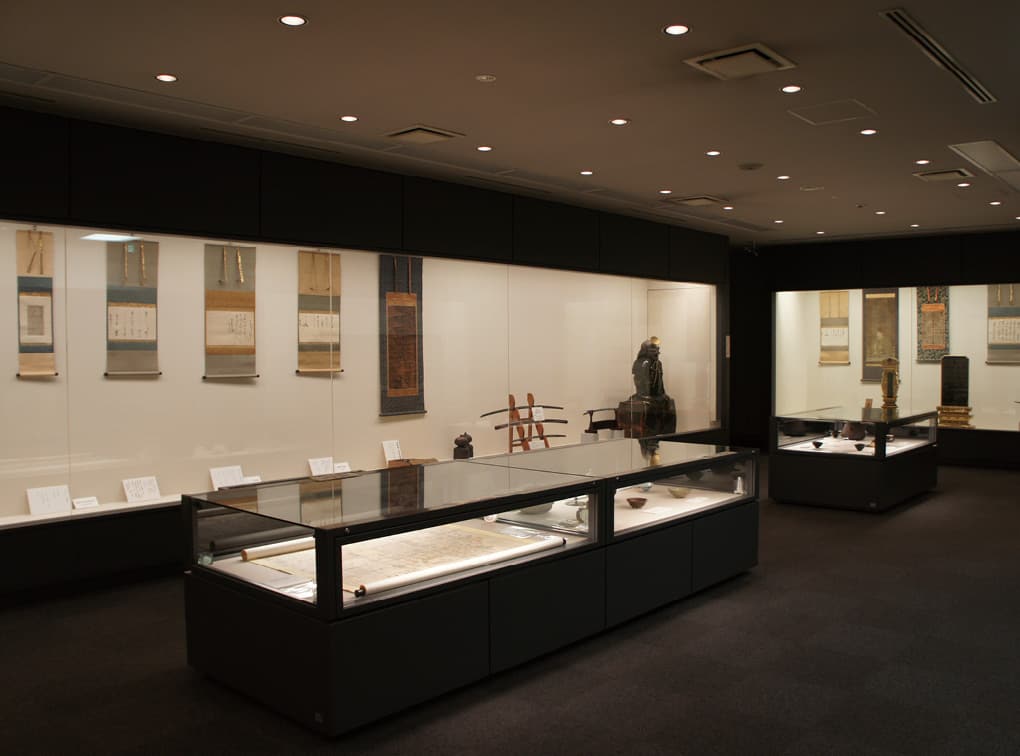
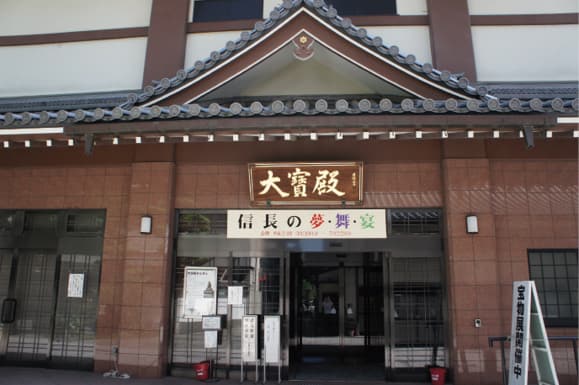
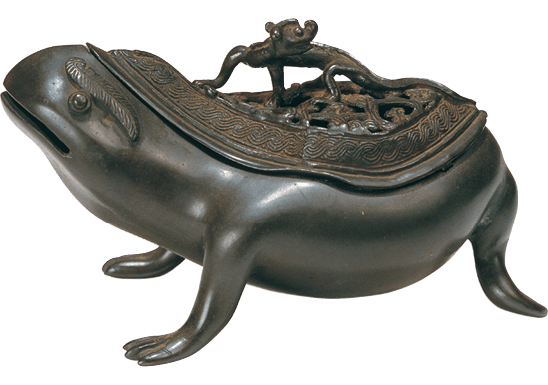
The three-legged frog
| Address | 522-1 Shimo Honnojimae-cho, Nakagyo-ku |
|---|---|
| TEL | 075-231-5335 |
| FAX | 075-211-2838 |
| URL | https://www.kyoto-honnouji.jp/info/houmotsukan.html |
| Hours | 9:00~17:00 (entry by 16:30) |
| Closed | New Year Hols, Exhibition changeover periods |
| Adm | Adults ¥700, Junior high and high school students ¥500, Elementary school students ¥300 |
| Access | Very close to Exit 1 of the Subway Tozai Line Kyoto Shiyakusho-mae Stn |
| Parking | Available (Charged) |
Facilities near by
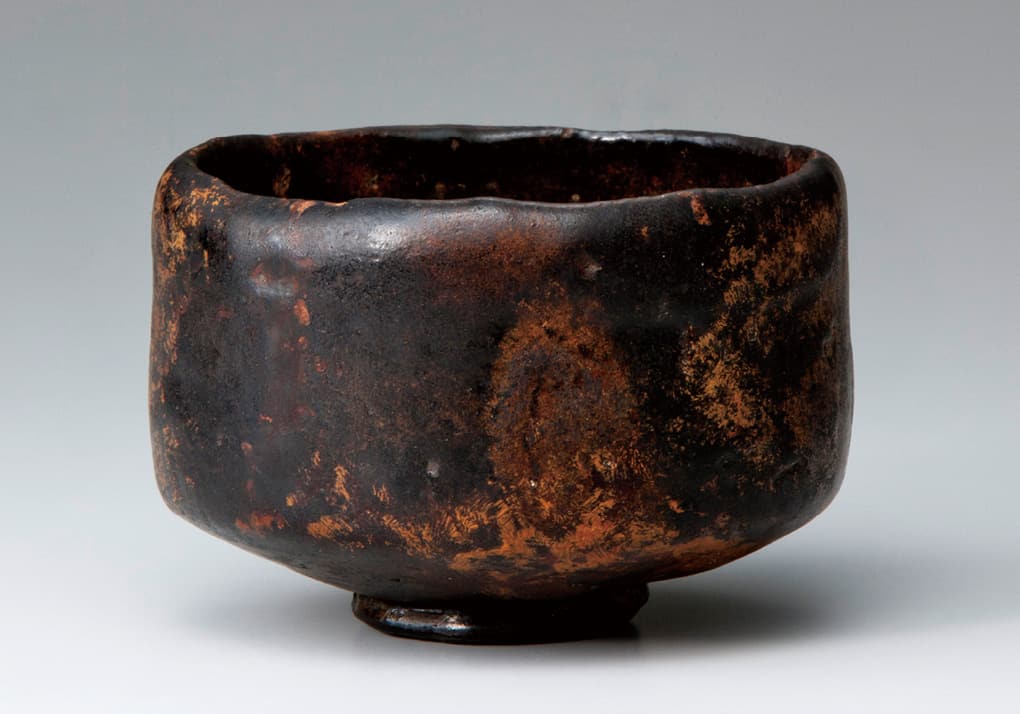
Raku Museum
Feel the charm of Raku bowls

Kyoto Railway Museum
53 trains to see - from steam locomotives to shinkansens!
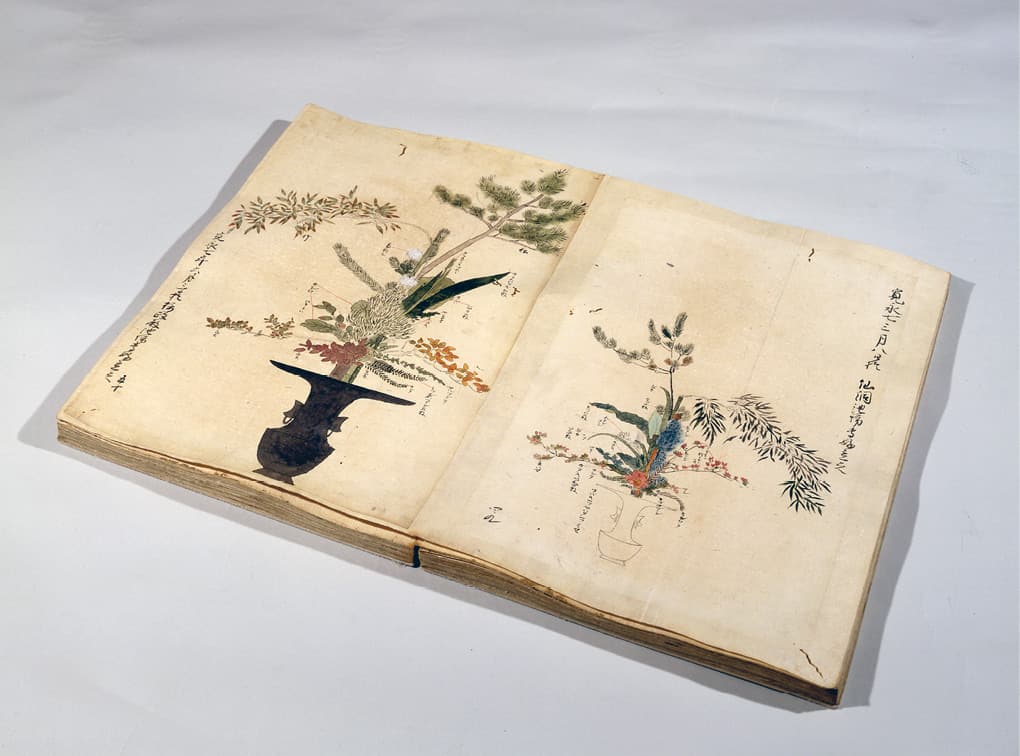
Ikebana History Museum
A space brimming with the history of ikebana
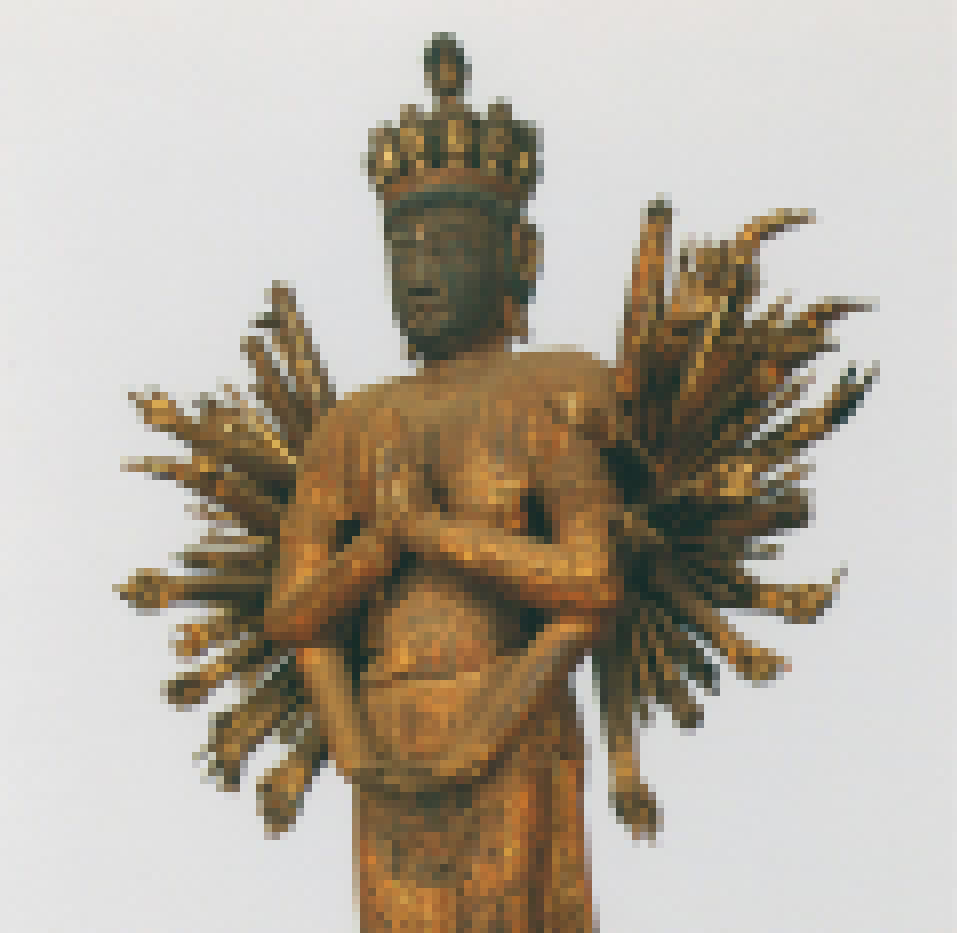
To-ji Temple Treasure Museum
Touching the esoteric arts passed down from Kukai
